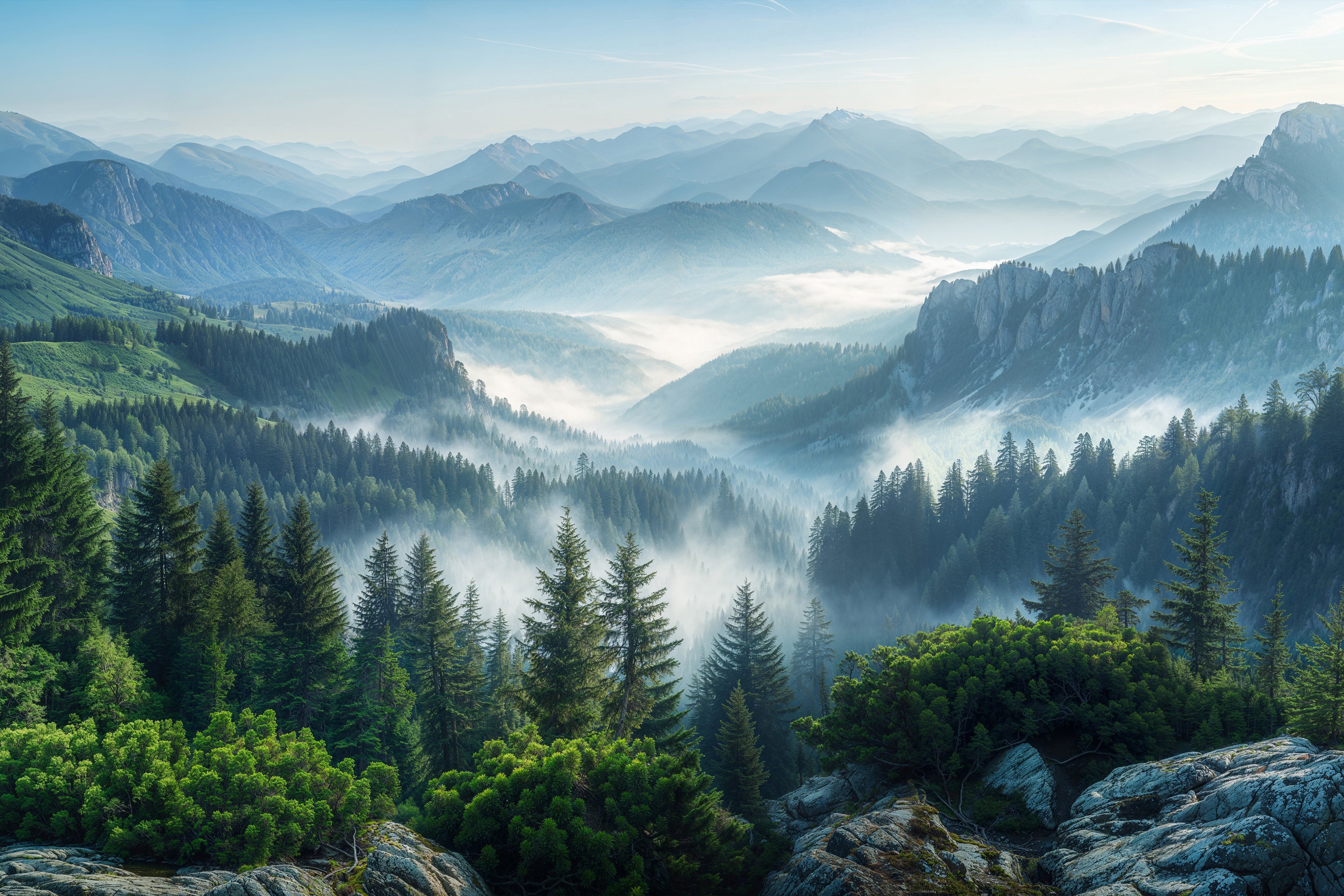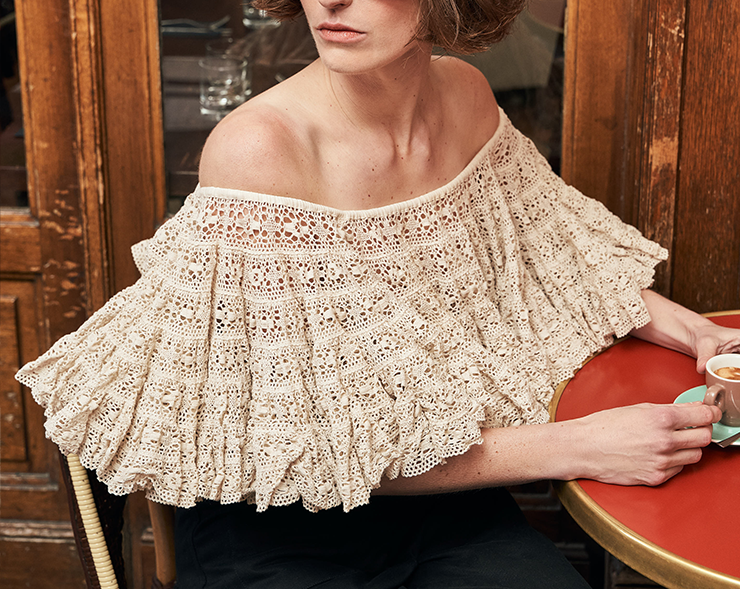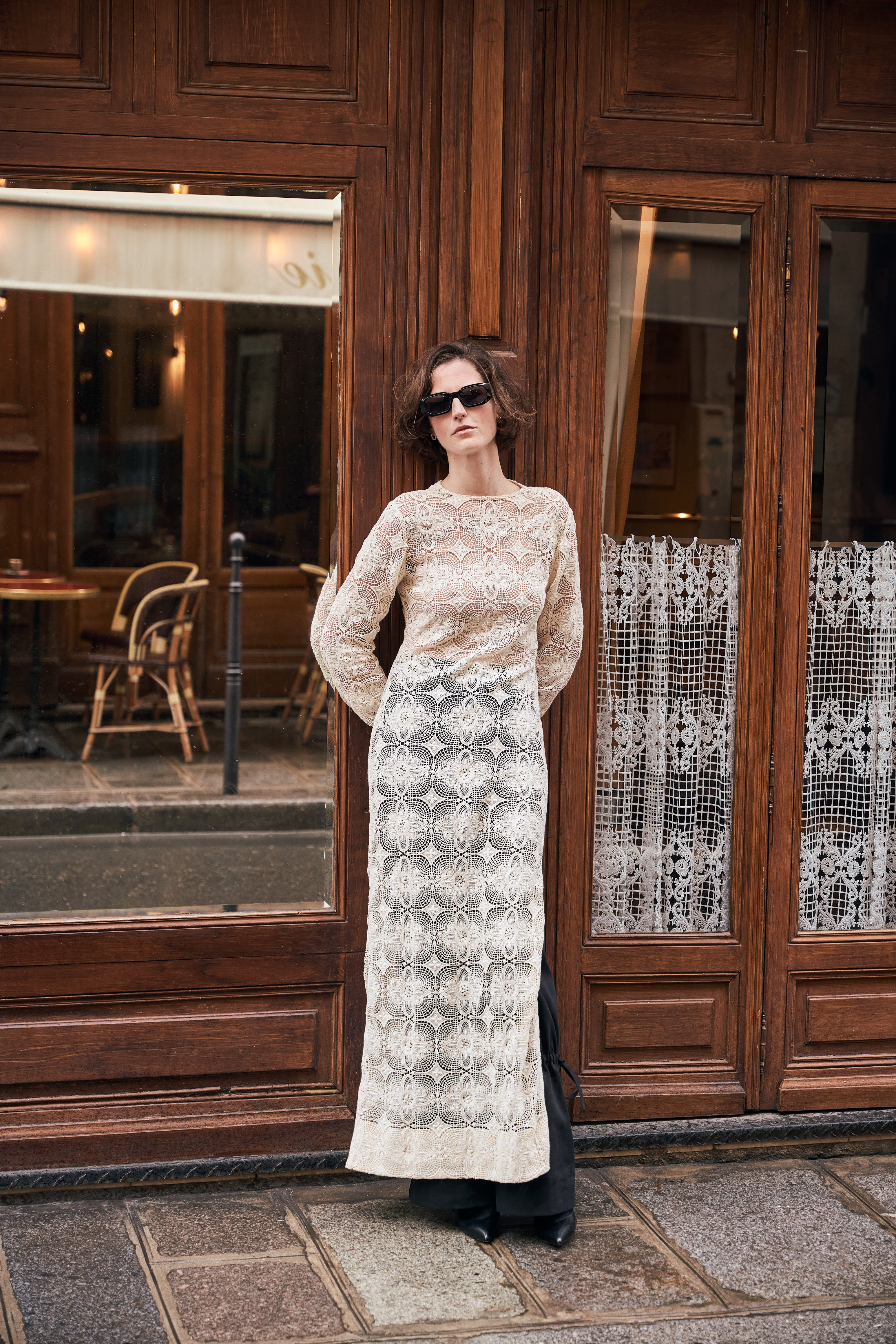 Photo: Claire Dorn. ©Bharti Kher/ADAGP, Paris, 2025. Courtesy of the artist and Perrotin
Photo: Claire Dorn. ©Bharti Kher/ADAGP, Paris, 2025. Courtesy of the artist and Perrotin
 Weather Painting: Mother’s Fury. ©Bharti Kher / ADAGP, Paris, 2025 Courtesy of the artist and Perrotin
Weather Painting: Mother’s Fury. ©Bharti Kher / ADAGP, Paris, 2025 Courtesy of the artist and Perrotin
Bharti Kher, one of the most important contemporary artists, with major retrospectives around the world, is having her 7th exhibition at her Paris gallery Perrotin. At the same time, the Thorvaldense museum in Copenhagen is showing a large body of Bharti Kher’s sculptures, called Mythologies. She also has a show at Hayward gallery, in London.
At Perrotin Paris, The Sun Splitting the Stones is a return to painting after 20 years dedicated mostly to sculpture. Painting came back to her in her dreams during the time of Covid. She says this call back to the canvas was “visceral”.
Bharti Kher’s work deals with the connection between body, memory, myth, dreams, materials, nature, the self. For 20 years, Bharti Kher has moved “between figuration and abstraction, minimalism and maximalism”. Her Perrotin exhibition has amazing power. It is as if the vibrant paintings were looking at the visitor standing in front of them.
She generously spoke with us about her work and her return to painting on the occasion of The Sun Splitting the Stones, in Paris’ Marais.
Q. In the text by Sarah Coulson describing your work at the exhibition at Perrotin’s, she often refers to dreams, to stones, to alchemy, etc., suggesting a connection between your work and Surrealism. Do you agree with this understanding of your work ?
Bharti Kher I can see why such connections are made, especially because dreams and subconscious imagery play a strong role in my painting. But I wouldn’t limit my work to Surrealism alone. My practice is rooted in the axis of transformation, energy, and the connections between the body, objects, and the unseen realm of animism. If Surrealism is a lens to understand the dreamlike or subconscious aspects of my work, then yes—but my intention is always broad, rooted in materiality, ritual, and a lived experience.
 Photo: Claire Dorn. ©Bharti Kher/ADAGP, Paris, 2025. Courtesy of the artist and Perrotin
Photo: Claire Dorn. ©Bharti Kher/ADAGP, Paris, 2025. Courtesy of the artist and Perrotin
Q. Your return to painting after 20 years is connected to dreams, “vivid and visceral”, calling you back to it. Can you tell us a little more about how your dreams in that Covid time made you go back to this practice ?
B.K. During the pandemic, I was in a very quiet, almost dormant space, and painting emerged in my dreams. I would wake with images in states of forming—shapes, colours and inner worlds of journeys that demanded attention. These visions were not just ideas; they were felt in my body, in my muscle memory. I started a dream diary and realised that I was often making art in my dreams. Painting became a way to materialise these internal landscapes and offered a form of solace and renewal during a time when the outside world felt heavy and uncertain.
Q. How different is your imagination depending on whether you are working in London or in Delhi ? How does the location of your studio between these 2 cultures impact your work ?
B.K. The cultural and environmental contexts of London and Delhi influence me deeply but in different ways. London brings a reflective, internal perspective, perhaps quieter or more introspective. Delhi is vibrant, tactile, and immediate; the city’s energy, materials, and histories shape the work materially and conceptually. My old team and techs are all in Delhi and they are the dynamic for the sculpture, we work like old friends now in sync and understanding. Moving between the two allows a dialogue between distance and intimacy, observation and immersion. My work thrives in that tension.
Q. It seems to me that the sculptures you are showing in Paris are very different from the sculptures you are showing in Copenhagen, they are connected sometimes, but very different. For example, I feel in Paris your sculptures come more directly from the unconscious, dreams, etc. Do you agree with this assessment and explain it ?
B.K. In some ways maybe, because the connection to the unconscious is stronger in some bodies of work than others. Many works are driven by material, form, or conceptual concerns in a more deliberate way, while others emerge intuitively, almost as extensions of the studio workings and experiments with the body. In Paris, the exhibition emphasises this fluidity, this sense of alchemy and transformation, over works that were made over many years. The differences between shows reflect the place, the need of the exhibition in relation to a sense of space and the energy I bring to the work at a given time. I'm the bridge that connects them. Each exhibition sings in a different way.
Q. Why did you decide to do circular paintings ? Was it a conscious decision or did you simply go towards that shape instinctively ? The circular form of the canvas has been described as the 3rd eye. How would you explain that shape? I would add that standing in front of your paintings which have often circular forms in them, I felt the painting was observing me. Was it conscious on your part ?
 Photo: Claire Dorn. ©Bharti Kher/ADAGP, Paris, 2025. Courtesy of the artist and Perrotin
Photo: Claire Dorn. ©Bharti Kher/ADAGP, Paris, 2025. Courtesy of the artist and Perrotin
B.K. The circular shape emerged naturally from the bindi paintings and I am aware of this symbolic weight. Circles suggest wholeness, cycles, the cosmos, and inner worlds—the third eye. I like that the form turns the gaze inward and outward, inviting reflection but also a sense that the work “looks back.” There is an exchange of energy between the viewer and the painting, which is very conscious in the sense that I want the work to be alive and reciprocal and of course a continuation / evolution of the bindi works that I have closed up making.
Q. What place has spirituality in your work ?
B.K. Spirituality is unnameable —it is also inseparable. How I engage with materials, form, and energy is a way to approach objects as living, vibrating entities, and explore the unseen connections between body, space, and all moving things. My work is not about prescribing belief but creating spaces where material and symbolism converge in radical ways.
Q. When you started painting again, were you seeking a way of healing during the strange time of Covid ? If you were not seeking healing, what has been the impact of painting again ? Has it opened new channels in your creative spirit ?
B.K. I wasn’t consciously seeking healing at first, but painting offered a pathway through the darkness of that time. It restored a sense of agency, intimacy, and renewal. The process awakened new ways of thinking about colour, form, and gesture. It opened channels that were dormant for decades. It was like meeting an old friend again and it reminded me of the joys of solitude and introspection in creativity.
Q. How should we understand the title of your exhibition ?
The Sun Splitting Stones speaks of the invisible forces that effect change in matter, to the transformative power of perception. All objects have potential and resistance and this push and pull of material is what excites me. The way intense internal or emotional forces can manifest materially, breaking through what seems fixed or impenetrable.
Q. An exhibition has just opened in Paris about stones based on philosopher Roger Caillois’s passion for stones. Do you have a special connection to them, for their vibrations ?
B.K. Yes, stones have always been significant for me. They carry time and memory and the language of the earth, like a body. I am drawn to their material presence and massive spiritual resonance. They are both literal and symbolic, linking us to the earth and to the endless cycles of creation, destruction, and alchemy. Mountains are the giants and sand the atoms.
Q. Can you tell us about the meaning of the colors you have chosen for your paintings - red, purple - very vibrant, fierce colors ?
B.K. Colour is energy in itself; it is emotive, physical, and dynamic. I use paint and colour like a material, like I would make sculpture so that vibrant reds, purples, and other intense hues evoke passion, danger, desire, and transformation. Each colour has its own presence and agency, interacting with form, gesture, and composition to create psychological and energetic resonance. Colour is never decorative—it is alive, moving, and in dialogue with everything else in the work and everything that is outside it too. Every axis is activated.
 Weather Painting the Hunger. ©Bharti Kher / ADAGP, Paris, 2025 Courtesy of the artist and Perrotin
Weather Painting the Hunger. ©Bharti Kher / ADAGP, Paris, 2025 Courtesy of the artist and Perrotin
Bharti Kher. The Sun Splitting Stones. Perrotin Paris. Until Dec. 20, 2025. perrotin.com






